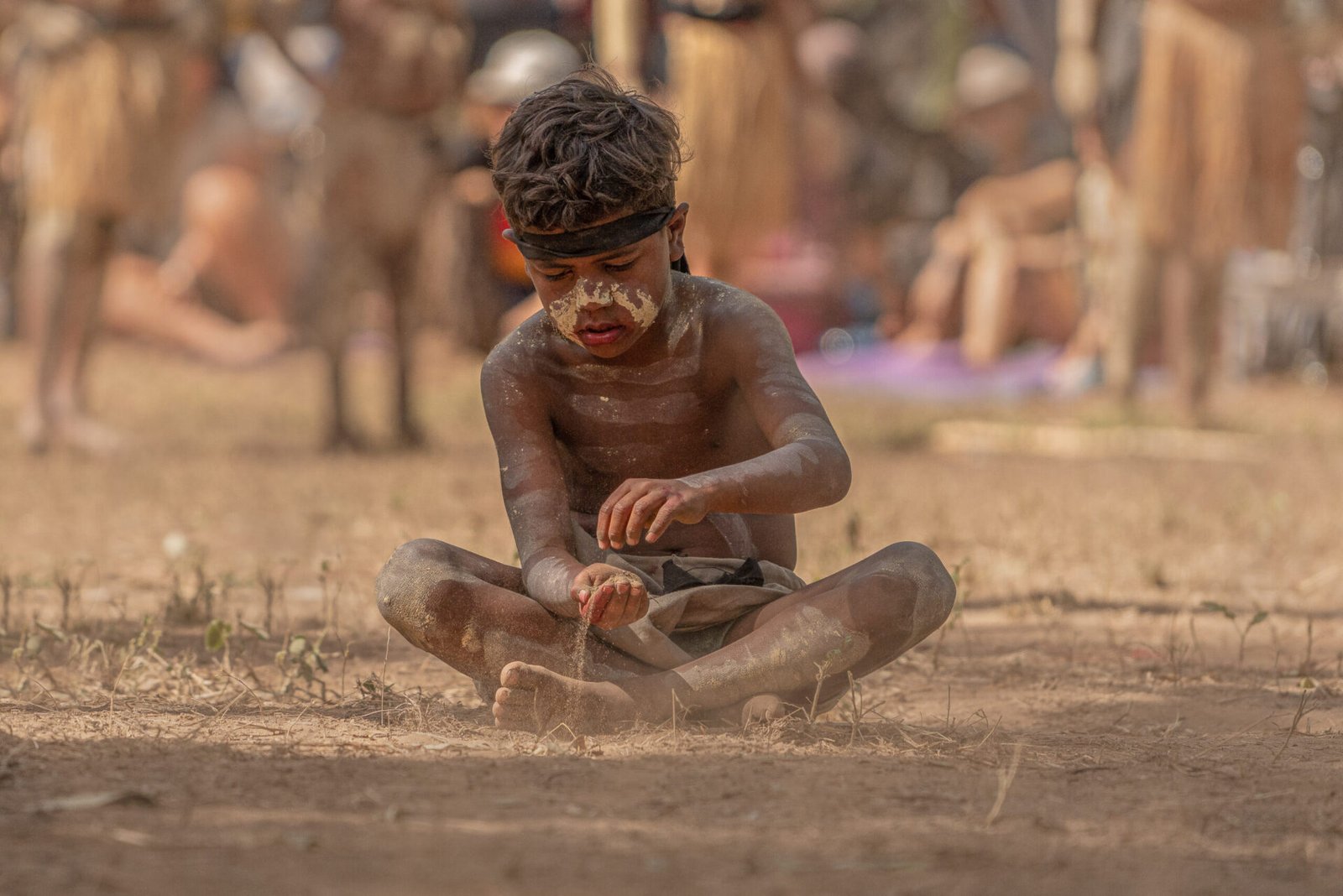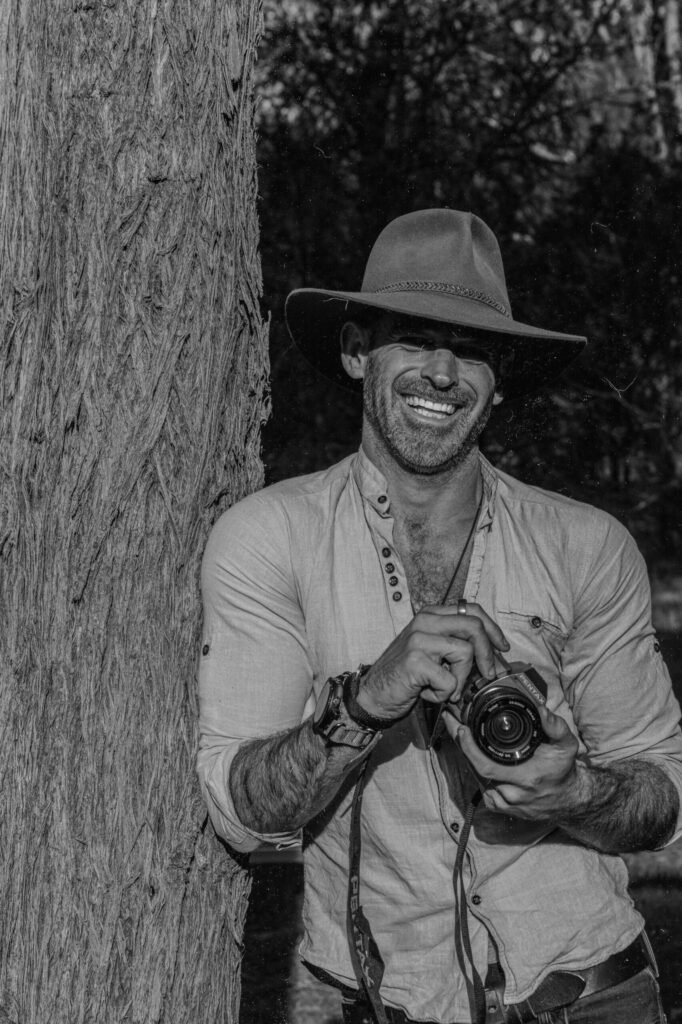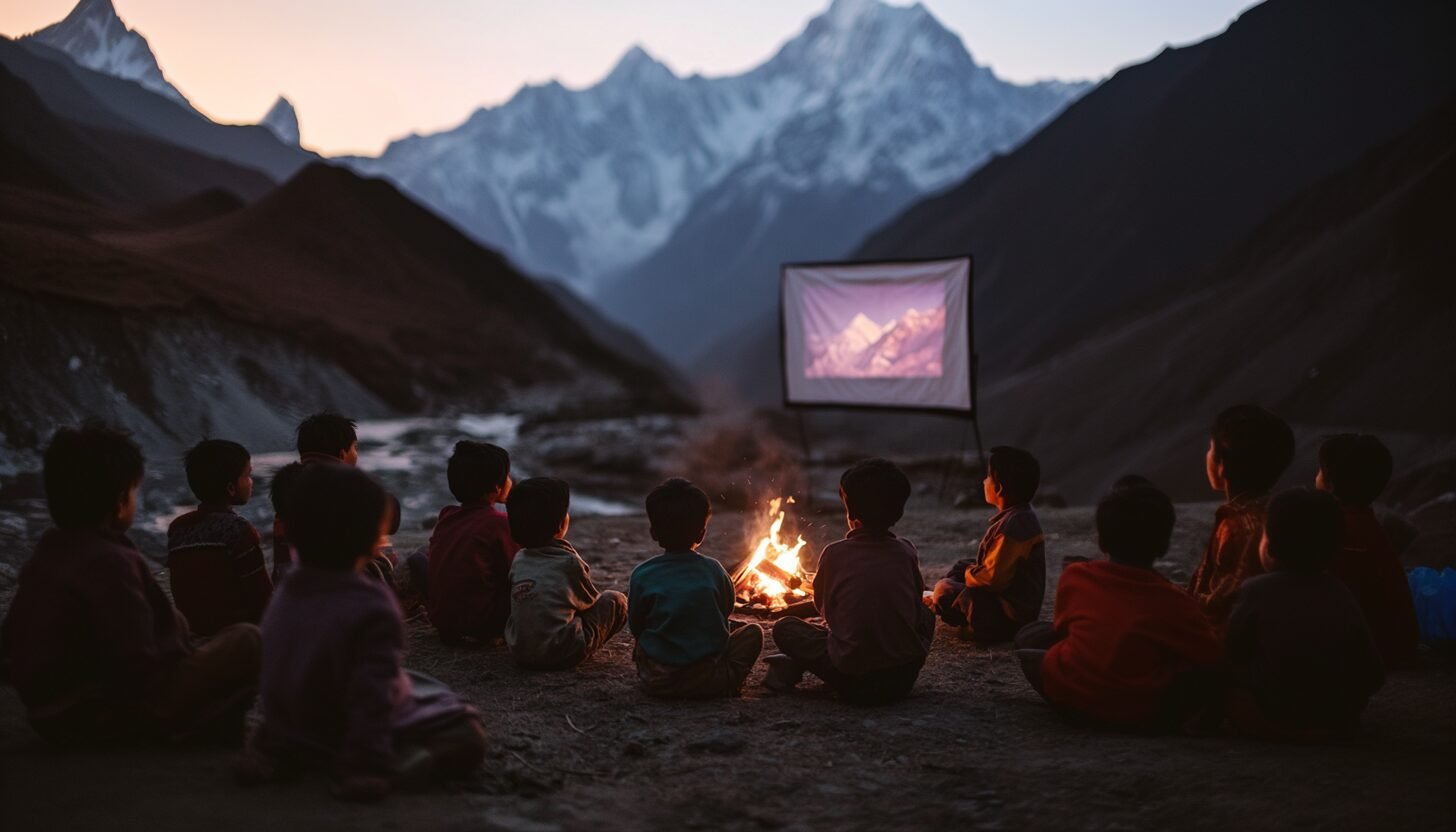
[player id='13386']
Play
The Echoes in the Silence – When Stories Get Stolen, What’s Left?
It starts with a whisper, a rustle in the tall grass that nobody quite hears anymore. Maybe it’s a song, one the old ones knew, but the tune’s gone a bit flat, a bit… borrowed. Stories aren’t just bedtime fluff or campfire entertainment, not out here, not where the land itself has a memory older than rock. They’re the sinew, the blood, the map that tells you how to walk right, how to be human in a world that’s always talking, if you only knew how to listen. So, what happens when those stories get… misplaced? Or worse, when someone else picks them up, twists them into a shape that doesn’t fit, a shape that silences the original hum of the land?
This isn’t just about losing a few good tales, the dilution of a few good yarns. This is about narrative sovereignty. This is about something simple, yet something fierce: the right to breathe your own life into your own tales, to stand on your own ground – the ground that is your story – and say, “This is us. This is how we know the world. This is how the world knows us.” It’s about what’s left when the echoes of stolen or silenced narratives leave a gaping hole in the pattern of things. And more to the point, it’s about how Indigenous mob, from the red deserts of what they now call Australia, across the vast diversity of Turtle Island, to the frozen, singing ice of the Arctic, are not just finding those stories again, but yarning their worlds back into vibrant, sovereign being.
We’re not talking about neat little boxes here, no “case study A, B, and C.” Think of it more like looking at a constellation. Each star is its own fire, its own place – Aboriginal Australia, the many nations of Turtle Island, the Inuit Nunangat. But connect the dots, and a pattern emerges, a shared heartbeat thrumming with the rhythm of land, story, and an identity that refuses to be a footnote in someone else’s book.
Pattern Weaving: The Land Sings, The People Listen (And Sometimes Shout Back)
First thing to address is how does this narrative sovereignty business actually work? It’s not a manifesto you nail to a door. It’s in the doing, in the telling, in the listening. It’s a dance, an argument, a quiet knowing. And there are patterns, like songlines crisscrossing the globe, that show us the way.
The Land Is the Story – More Than Just a Backdrop
Forget your scenic descriptions, your pretty landscapes. For a lot, if not all of Indigenous folk, the land isn’t just where the story happens. The land is the story. Warren Cariou, a man with Métis roots from Turtle Island, came up with a word for it: “terristory.” It’s this idea that land and narrative, they’re not two separate things you can pull apart like a poorly cooked damper. They’re one. The land breathes, it remembers, it tells you things, if you’ve got the ears for it. It’s not us humans making up clever tales about the land; it’s the land itself, whispering, roaring, singing its way into our understanding.
This flips the script on a lot of Western thinking, doesn’t it? Suddenly, a story isn’t just some flimsy thing made of words; it’s got roots, it’s got substance, it’s as real as the dirt under your fingernails. And this isn’t just a Turtle Island thing. You hear the same song, maybe in a different key, when you listen to Aboriginal Elders talk about Country in Australia. Country isn’t just a place; it’s a living entity, full of stories, law, and relationship. The Inuit, up in the Arctic, their stories are etched into the ice, into the movements of the caribou, the breath of the seal. Their survival, their knowledge, it’s all woven into that intimate, ongoing conversation with a land that demands respect and offers profound wisdom in return. Narrative sovereignty, then, starts with honouring this unbreakable bond, this truth that the story and the land are kin.
Talking Back to the Ghost Machine – Counter-Currents and Media Weaving
For centuries there’s been this other story, a louder, more aggressive one, often told by those who didn’t know the land, or worse, didn’t care to listen. Colonial narratives, they’re like a ghost machine, churning out versions of Indigenous peoples that are flat, distorted, or just plain wrong. They’re stories that erase, that diminish, that justify the taking of land, the silencing of voice. A big part of narrative sovereignty is talking back, loud and clear. It’s about creating counter-currents, new stories that challenge the old lies. And Indigenous peoples are damn good at it, using whatever tools come to hand, from the oldest forms of oral tradition to the shiniest new tech.
Take Aboriginal Australia. Vicki Kerrigan’s work shows how podcasts are becoming these powerful, intimate spaces. First Nations voices, telling their own truths, yarns about surviving, about thriving, about the everyday realities of dealing with a system that still often sees them through a colonial lens. It’s about taking back the microphone, literally, and saying, “Hang on, you’ve had your say for a couple of centuries. Now it’s our turn.” These aren’t just angry rants; they’re about building understanding, fostering empathy, and, yeah, sometimes, about calling out the bullshit. Then you look north, to the Inuit. Julie Burelle’s work on Alethea Arnaquq-Baril’s film Angry Inuk is a cracker. Here you have these massive, well-funded animal rights groups painting a picture of seal hunting that’s got nothing to do with Inuit reality, with their sustainable practices, with the fact that it’s about food, culture, survival. So, Arnaquq-Baril picks up a camera. She uses their own tool – media – to tell the Inuit side. And it’s not just about facts and figures. It’s about “visual sovereignty,” showing the world through Inuit eyes. It’s about “sensate sovereignty,” making you feel the cold, the joy of a shared meal, the pride in a tradition. The #sealfie campaign? Genius. Using social media to flood the internet with images of Inuit, smiling, proud, with their seals – a direct, joyful, and powerful “stuff you” to the misrepresentations.
This talking back, it’s not just for show. It’s about survival. It’s about changing hearts and minds, and sometimes, even changing the damn laws that were written without ever asking the people who knew the land best.
Thread 3: The Sinews of Sovereignty – Agency, Resilience, and the Unbroken Line of Knowing
Underneath all this yarning and media-making, there’s something fundamental: agency. The power to act, to choose, to define oneself. Narrative sovereignty is the assertion of that agency. It’s saying, “We are the authorities on our own lives, our own cultures, our own stories.”
And this isn’t some newfangled idea cooked up in an academic kitchen. This is about resilience, a resilience that’s been tested by fire, by ice, by policies designed to break it. Storytelling, in all its forms, is the sinew that holds Indigenous cultures together, the unbroken line of knowing passed down through generations. It’s how you teach the young ones, how you remember the laws, how you make sense of a world that’s constantly changing, and often, constantly challenging.
When an Elder on Turtle Island shares a story that’s tied to a specific bend in the river, a story that tells you where the good fishing is, or what dangers to avoid, that’s sovereignty in action. When Aboriginal artists paint their Dreaming stories, making the ancient visible and present, that’s sovereignty. When Inuit filmmakers and activists use global platforms to correct the record and defend their way of life, that’s sovereignty. It’s the living, breathing expression of an inherent right to be, and to be known, on their own terms.
Fractured Reflections: Different Drums, Same Heartbeat – The Beautiful Mess of Diverse Realities
Now, it’s easy to talk about these big, sweeping patterns. But the real beauty, the real guts of it, is in the way these things play out on the ground, in specific places, with specific mobs. It’s not a one-size-fits-all kind of deal. The heartbeat might be the same, but the drums are all different, and that’s what makes the song so damn interesting.
Nuance 1: The Language of the Fight – Conceptual Tools and Frameworks
When you’re in a fight, you use the tools you’ve got, or the ones you can make. And when it comes to talking about narrative sovereignty, different folks are using different kinds of language, different conceptual toolkits, to make their case.
In Aboriginal Australia, as Kerrigan points out, there’s a conscious engagement with things like Critical Race Theory and Freirean pedagogy. These are academic tools, sure, but they’re being picked up and used by Indigenous storytellers and activists as ways to deconstruct colonial power and to frame their narrative work as a form of liberation, of “problem-posing education.” It’s about understanding the systemic nature of the beast they’re up against.
Over on Turtle Island, Cariou’s “terristory” isn’t just a fancy academic term; it’s an attempt to articulate a deeply Indigenous ontology, a way of being and knowing that colonial thinking has tried to pave over. It’s a philosophical assertion of a different kind of reality, where land and story are sacred, inseparable, and alive.
And for the Inuit, as Burelle shows, concepts like “visual sovereignty” and “sensate sovereignty” give us a language to understand the specific ways they’re using media. It’s not just about information; it’s about the power of the image, the power of embodied experience, to shift understanding and assert cultural strength. These aren’t just different words for the same thing; they’re reflections of different strategic emphases, different ways of articulating the core struggle for narrative control.
Nuance 2: The Shape of the Shadow – The Specific Beasts They Battle
While the overarching shadow of colonialism looms large for all Indigenous peoples, the specific “beasts” they’re battling in the narrative arena can look a bit different from place to place.
For Aboriginal Australians, the fight is often against a deeply entrenched, systemic racism that permeates media, institutions, and everyday life. The dominant narrative is one that often pathologizes or romanticizes, rarely just sees and respects. So, the counter-narratives are often about fundamental human dignity, about challenging those everyday misrepresentations that have real-world consequences, like in healthcare.
On Turtle Island, while systemic racism is absolutely a beast, Cariou’s work points to a more insidious, philosophical battle: the fight against the colonial mindset that separates, categorizes, and commodifies everything, including land and story. The beast here is the very structure of Western thought that can’t easily grasp the idea of a living, storytelling land.
For the Alaskan Inuit, as Angry Inuk powerfully demonstrates, the beast took on a very specific, globalized form: powerful, well-funded international animal rights organizations. Their fight was against a tidal wave of misinformation, a narrative that, while claiming to be about animal welfare, threatened their culture, their economy, and their very identity. This required a highly targeted, media-savvy counter-attack on an international stage.
Understanding the specific shape of the shadow helps us appreciate the tailored, strategic brilliance of the narrative responses.
Nuance 3: The Tone of the Telling – The Emotional Landscapes of Story
How a story is told, the emotional weather it carries, that’s as important as the words themselves. And here too, we see different flavours, different textures.
The Aboriginal Australian podcasts Kerrigan describes often aim for intimacy, for empathy. There’s a rawness, a vulnerability in the truth-telling, a desire to connect on a human level, to educate through shared experience, to gently (or sometimes not so gently) nudge listeners towards critical thinking.
From Turtle Island, the tone that comes through Cariou’s exploration of “terristory” is one of deep, inherent authority. There’s a sense of ancient wisdom, of stories that have persisted because they are vital, life-sustaining. The land speaks with a quiet power, and the stories carry that gravitas.
With the Inuit, particularly in Angry Inuk, there’s a validation of anger. Not a destructive rage, but a righteous, energizing anger against injustice and misrepresentation. And alongside it, there’s humour, there’s pride, there’s a fierce joy in their culture and their practices. The #sealfie campaign is a perfect example – it’s a defiant, joyful assertion of identity in the face of a demeaning narrative.
These different emotional landscapes don’t contradict each other; they enrich the overall picture, showing the diverse ways Indigenous peoples are using the full spectrum of human experience to power their narrative sovereignty.
The Story is a Seed, Not a Stone – What Grows Next?
So, we’ve wandered through these different story-grounds, picked up a few threads, noticed a few patterns. And what you start to see is that narrative sovereignty isn’t some dusty old concept you stick on a shelf. It’s alive. It’s kicking. It’s a seed, not a stone. It’s something that grows, changes, adapts, but always, always, it’s connected to that deep taproot of land, culture, and identity.
It’s not about finding one single, perfect “Indigenous story” to tell the world. That’d be just another kind of box, wouldn’t it? It’s about the right to tell a multitude of stories, in a multitude of voices, from a multitude of perspectives. It’s about the ongoing, never-ending process of yarning the world into being, of keeping the connections strong, of ensuring that the ancestors’ voices can still be heard in the laughter of the children, in the rustle of the leaves, in the rhythm of the drum.
This isn’t just an Indigenous issue, though. It’s a human one. Because when we silence stories, when we let only one kind of narrative dominate, we all lose. We lose complexity, we lose wisdom, we lose the chance to see the world in a richer, more relational way.
So, the question isn’t just how Indigenous peoples are reclaiming their narrative sovereignty. The question, maybe, is for the rest of us. If the land is story, and story is sovereignty, what happens when we all start listening differently? What if the archive isn’t just in a library, but in the way the wind carves the snowdrift, or the way a tree’s roots grip the rock, or the way a story makes your heart ache and then mend itself in a new way? What kind of world do we get to co-create then, if we’re all willing to listen to the stories the land, and its peoples, are trying to tell us? Something to chew on.
V. References (The Tracks We Followed)
- Burelle, J. (2020). Inuit Visual and Sensate Sovereignty in Alethea Arnaquq-Baril’s Angry Inuk. Canadian Journal of Film Studies, 29(1), 130-153. https://doi.org/10.3138/cjfs.29.1.08
- Cariou, W. (2020) . Terristory: Land and Language in the Indigenous Short Story – Oral and Written. Commonwealth Essays and Studies, 42.2. https://doi.org/10.4000/ces.2356
- Kerrigan, V. (2024) . Defining narrative change: a case study of the decolonising podcast Ask the Specialist: Larrakia, Tiwi and Yolŋu stories to inspire better healthcare. Media Practice and Education, 26(1), 58-76. https://doi.org/10.1080/25741136.2024.2341526
The Land Still Breathes Our Stories
8.5
N
Andrew is a photographer and writer from Wonnorua Awabakal Country Australia. His work with …
More Info
Artist:
Andrew D Flanagan
Bio:
Andrew D Flanagan
DOB:
Sarah J Flemming
Native Land / Region:
1hrA
Languages:
English • Lakota
Impact:
Suitable for all ages.
Films:
Wonnorua / Australia
Series:
Preservation / Conservation
Words:
Women Who Run With Wolves
Outside The Network:
Conservation / People
Coordinates: 63.5888° N, 154.4931° W
Native Land / Region: Name Name
Country: Alaska / USA
Words
Movies News
Business Proposal
From VA Director, photographer, storyteller Andrew D Flanagan Business Proposal Action•Action• Badge Taking back our place as custodians of creation. Play Intro The VA Network Business Proposal Executive Summary Mission, Vision & Values Programs & Services Market Analysis Organizational Stucture Marketing & Communications Strategy Funding Request & Financial Projections Impact Measures Appendix Play https://www.youtube.com/watch?v=QUKoQ2DuRhU Executive […]
Movies News
Sony Partnership Proposal
From VA Director, photographer, storyteller Andrew D Flanagan Rebecoming Custodians Action • Action • Badge Taking back our place as custodians of creation. Play Intro returning Knowledge to the fire. https://www.youtube.com/watch?v=QUKoQ2DuRhU There is a law older than paper, older than ink, held in the stories and lore of a landscape and the people who still […]
Dramas, Entertainment
The Land Still Breathes Our Stories
Weaving Sovereignty from Turtle Island, Kakadu, and the Arctic Ice. By Andrew D Flanagan













